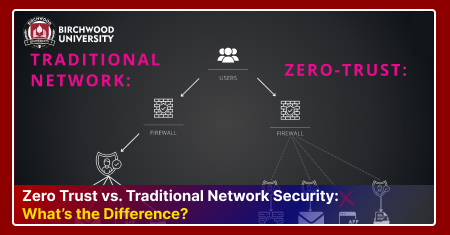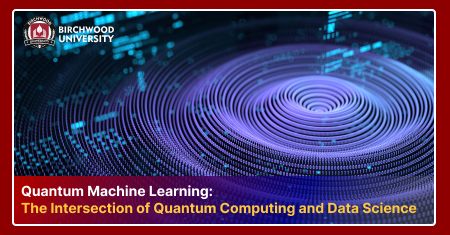The future of distance education with artificial intelligence
Sep 23, 2023As the world shifts towards advancements in technology in every industry, online learning has become the new norm in the education sector. The day when teaching was mostly done with chalk and a blackboard is long past. Chromebooks and smart pens have taken the place of notebooks and pens nowadays. The most popular learning method among students is now online learning.
According to research and market reports, the EdTech industry is projected to grow by $350 billion by 2025. Online education has experienced significant development, which is largely attributable to how flexible and practical it is. Thus, it meets the upskilling and reskilling needs of workers in the twenty-first century.
The EdTech industry has seen a remarkable change as a result of the technology sector's phenomenal growth. The growth of online or distance learning among individuals all over the world is a result of the EdTech industry. It has significantly changed the way that knowledge is imparted to students.







